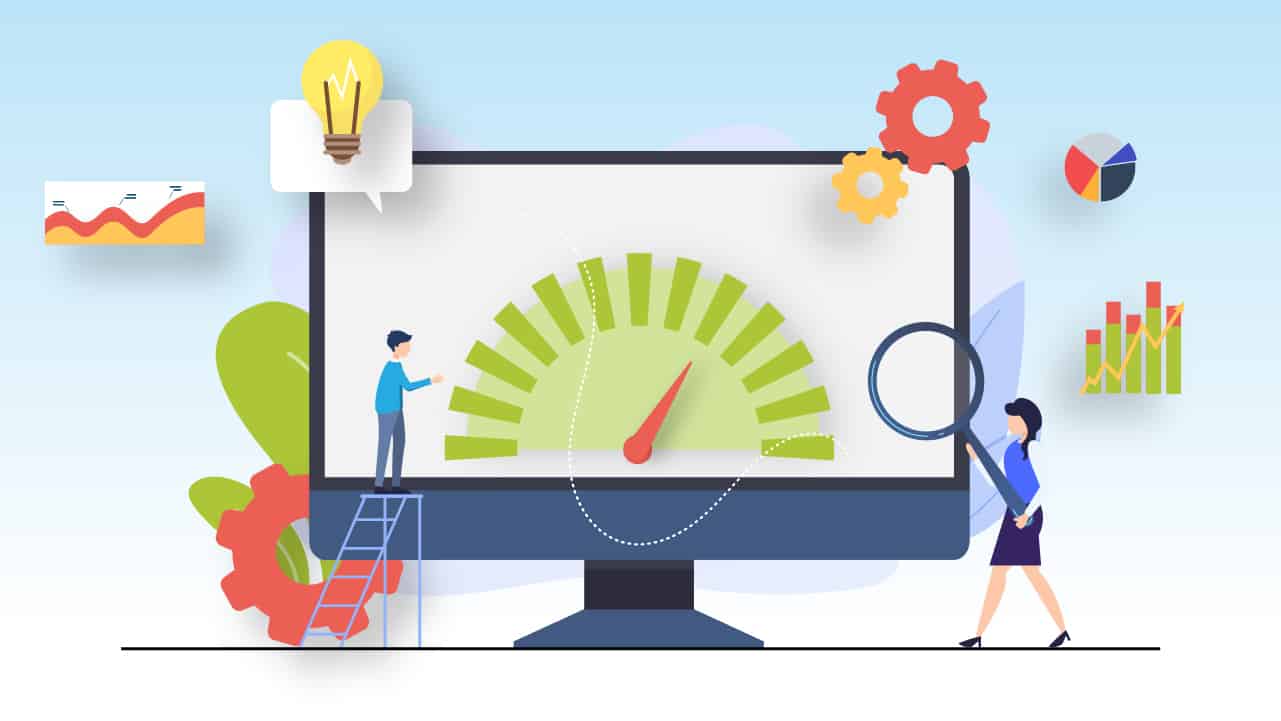Performance management – Objectives & Approaches

Performance management is a sum of systems and process aimed at developing an employee by improving their skills and capacities for optimum results. It is a corporate management tool that supports managers monitor and evaluates employees performance. Performance management’s goal is to make a milieu where people can perform to the best of their capabilities to produce the highest-quality work most professionally and successfully.
Performance management is not intended at improving all skills. In fact, good performance management focuses on improving the abilities that help an employee do their job better. This means that it is about the strategic configuration of one’s work to the group and organizational goals. It is a systematic, periodic and objective process. If the company management wants required commitment and competencies for an employee, they should aim at developing individual skills and creativities. And also should provide the all amenities and infrastructures to improve skills.
Performance management edifices are designed with the objective to inject excellent capacities for both individual and organizational performance by recognizing performance necessities, providing regular feedback and support the workforces in their career development. Its attention is on enabling goal clarity for making people do the right things at the right time. It may be said that the main aim of a performance management system is to achieve the capacity of the employees to the full potential in favour of both the employee and the organization, by defining the prospects in terms of responsibilities, roles, and accountabilities, required proficiencies and the likely behaviours.
How Performance Management Works
Performance-management campaigns use customary tools such as creating and determining goals, purposes, and milestones. They also target to define what effective performance looks like and develop processes to measure performance. However, instead of using the customary paradigm of annual analyses, performance management goes every communication with a worker into an occasion to learn.
Managers can use performance management tools to regulate workflow, suggest new courses of action, and make other decisions that will benefit workers attain their goals. In turn, this helps the corporation reach its goals and accomplish optimally. For instance, the manager of a sales department gives her staff target revenue volumes that they must reach within a definite period. In a performance management structure, along with the numbers, the manager would offer direction evaluated to help the salespeople succeed.

image design:slidebazaar.com
There are many ways to conduct performance management programs. However, there are two approaches when it comes to evaluation.
- Behavioural approach: this as the typical approach that all the social sciences use. If your study is focusing on a human being, you should follow the behavioural approach. Here, Workers are evaluated based on their behaviours and effort made. Behaviours are identified and evaluated. This approach is suitable for giving detailed feedback on behaviours and by scheduling desirable future behaviours. This approach is fit when individual results are difficult to measure. Examples include support staff, individual players in a team, and (oftentimes) HR professionals.
- Result-oriented approach: In this method, workers are evaluated based on objective standards. The focus is not on input but output, both in terms of excellence and magnitude. This approach is suitable when there are multiple ways to do the work. The end-result is key, not how it has been done. Examples include call centre employees who have specific success metrics, as well as sales professionals. The valuation of legal representatives and accountants is also highly result-oriented, as they keep track of their working hours.
The major objectives of performance management
- To recast the employees towards the achievement of superior standards of work performance.
- To support the employees in identifying the knowledge and skills essential for performing the job proficiently as this would drive their focus towards performing the exact task in an exact way.
- Improving the performance of the employees by inspiring employee empowerment, motivation and implementation of an effective reward mechanism.
- Encouraging a two-way system of interaction between the managers and the employees for clarifying expectations about the roles and responsibilities, communicating the functional and organizational goals, providing regular and apparent feedback for improving employee performance and incessant coaching.
- Finding the barriers to effective performance and resolving those blockades through constant monitoring, coaching and development involvements.
- Making a basis for several administrative decisions strategic planning, succession planning, promotions and performance-based payment.
- Stimulating personal growth and development in the career of the workers by helping them in obtaining the desired knowledge and skills.
Performance Management in Self-Managed Teams:
Performance management in the self-managed team is handled by the team itself. This enablement varies from organization to organization, or even from department to department, and also depends upon the willingness of the team members to shoulder those responsibilities.
A fully empowered mature self-managed team would decide their own jobs, set performance standards, give feedback to members about work progress, performance and team skills, assess their own performance, and recognize and support the training and development requirements of the members. The organization, mainly the HR department, in this set up will provide guiding principle and a framework for that performance management in terms of organizational policies and compliance regulations.
Performance management is the way to get out from malfunctioning of a unit. An organization should measure all criteria’s which help to improve employees work potentials and their performance. It needs a decentralized approach because the employee’s skills may vary from one individual to another. So, collective training programs couldn’t be effective to get optimum results.


